You are ravenous, but you have no intention of going to a place that serves ramen, and the instant type that you can get at the dollar shop is not going to cut it. Can I Make Ramen with Angel Hair Pasta? The answer is yes.
You have everything around you that you would need to cook, say, Mexican food, but what about Japanese food? In no uncertain terms. Could you perhaps explain what it is that you do for a living?
If you had asked me the question before, I would have suggested that you eat something else instead if you had asked me about it. Today’s question is: what exactly is the problem? You have access to everything you require; in fact, some of it is probably sitting in your pantry at this very second.
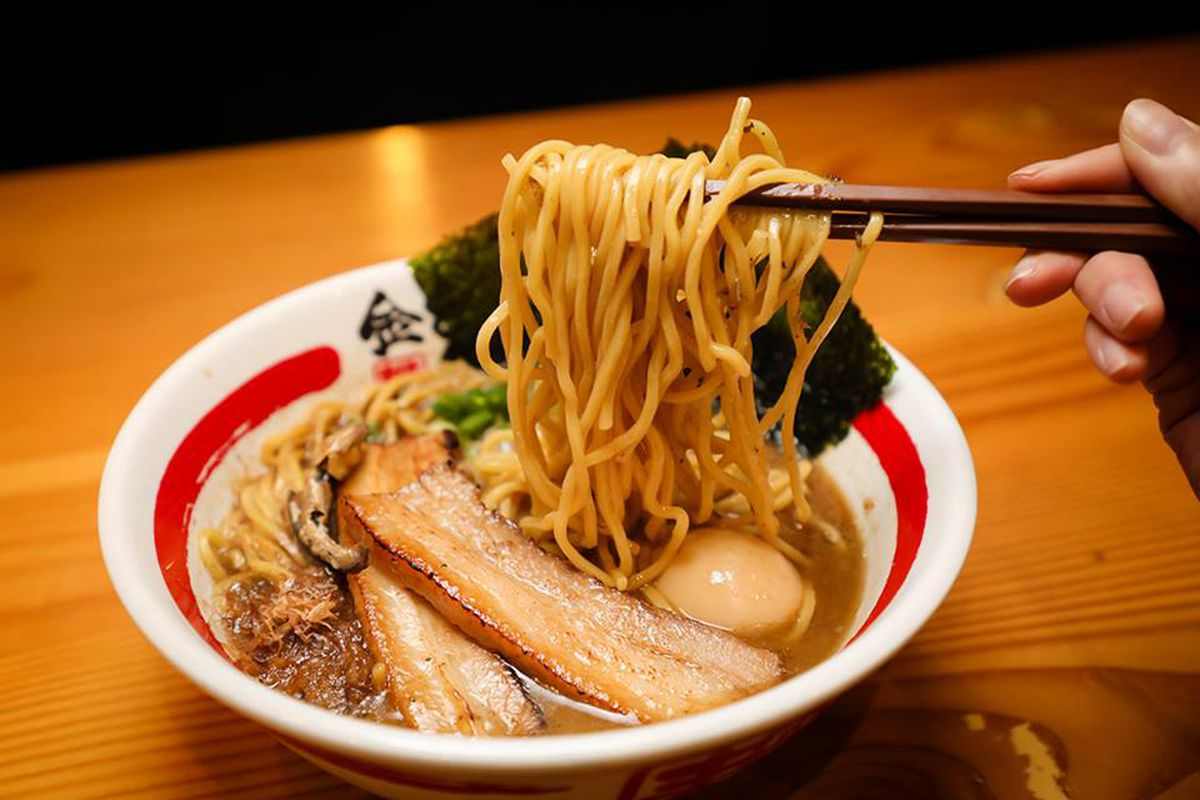
A few days ago, I wanted to make some ramen, but I couldn’t locate any nice noodles anywhere. You may have guessed this before. As I was having this conversation with Kenji, I realized that the future didn’t appear very promising for me.
In the end, she sent me a text message with the following contents: Kenji Oh, according to what my mother told me, this week a Japanese website suggested cooking spaghetti in baking soda water to make it taste more like ramen. What do you think about giving it a try? Dgritzer never in a million years!
Dgritzer is under the notion that Kenji is answering in the affirmative. Following that, he provided a link to a blog that was written in Japanese to me. Because I am unable to read the text, everything is explained to me through the pictures.
Baking soda has “meaning” since it is the component that gives noodles their characteristic bright yellow color and springy bite (also known as “kansui”) (an alkaline mineral). Is.
Baking soda or even regular baking soda is sometimes used in place of kansui in restaurants outside of Asia because of the ingredient’s limited availability there. Baking soda, which is also known as kansui, is a popular ingredient that is added to the dough used to make ramen noodles.
The suggestion that was made in this passage was that standard spaghetti may be converted into a meal like a ramen by adding baking soda to the water while it was cooking.
I would like to present to you, ladies and gentlemen, an excellent proposition. When I initially started using baking soda, I didn’t know how much to add to the water, so I looked it up online and discovered that 1 tablespoon of baking soda per liter (or liters) of water works effectively. I’ve been using this ratio ever since.
Putting this information to use, I brought two liters of water, along with a teaspoon and a half of baking soda, to a boil. I then added some salt to the mixture.
Caution should be exercised while splashing since the water may bubble up quite a bit when baking soda is added to it. After that, I included some spaghetti with angel hair in the dish.
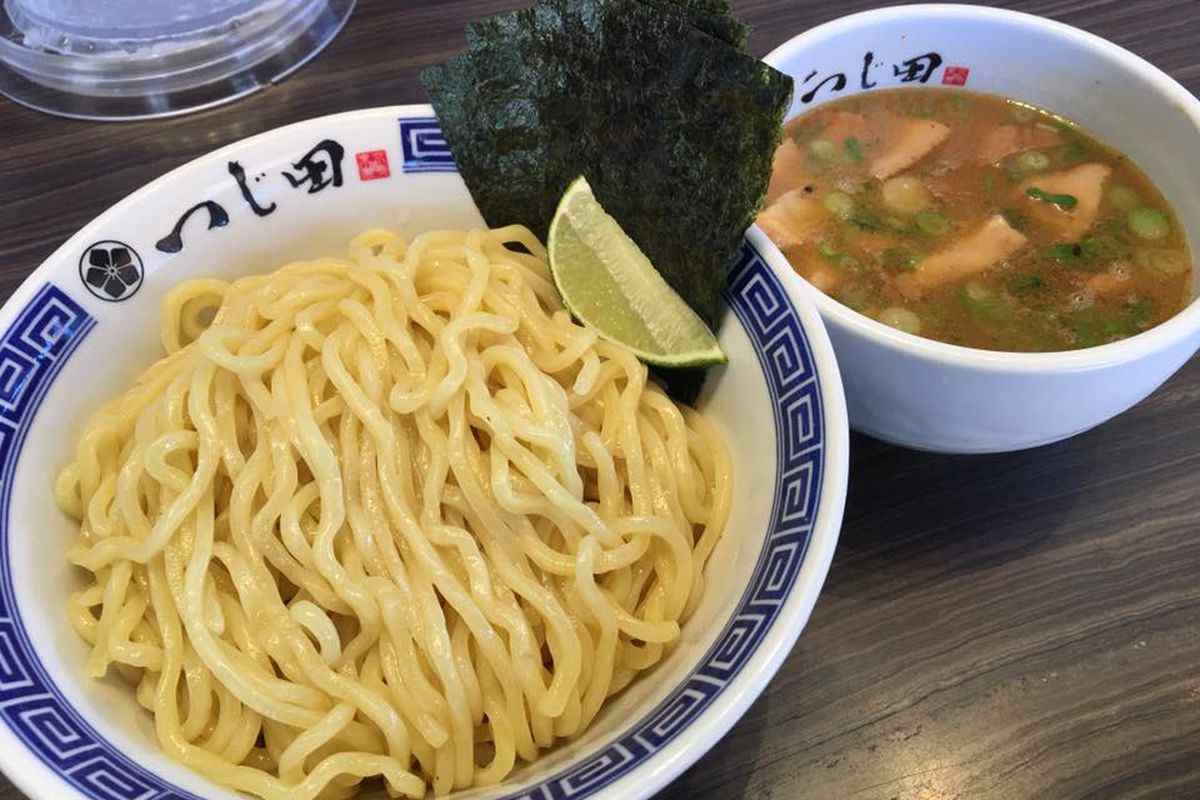
Because I don’t use it very often, I was hoping that adopting this strategy would enable me to utilize thinner threads in the handmade ramen I make.
The addition of pasta starch to water containing baking soda causes the mixture to begin foaming. By stirring the liquid frequently and carefully, you may avoid bubbling.
The color of sunshine could be seen in every one of the threads that emerged. After giving it a few nibbles, I can attest that it is considerably chewier and more malleable.
A revolting, soapy taste flooded my lips and filled them up completely. My interest was peaked by other ratios, such as 2 tablespoons per liter and 1/2 tablespoon per liter, so I conducted experiments with each of those amounts. Even while the effect was still felt, it was not quite as powerful as before.
When I poured my homemade noodles, which I had prepared by adding one tablespoon of baking soda to one liter of water, into the flavorful ramen soup, I was surprised to find that I could hardly detect any hint of the characteristically bitter flavor.
When making a broth, it is best to err on the side of caution and only use 2 teaspoons of baking soda for every liter of water.
This will produce a broth that is light and flavorful. One tablespoon of baking soda is equivalent to one liter of liquid broth when used in a recipe. When the noodles are added to the soup, the results are dramatically improved, and the flavor of the baking soda is eliminated.
When implementing this method, there are a few specifics that need to be kept in mind. The first thing you need to keep in mind is that you must not let the water evaporate while your attention is focused on anything else in the kitchen.
If you do this, the baking soda will get concentrated, and the result will be devastating. Because of my carelessness, the pasta acquired a taste reminiscent of ammonia. This Icelandic fermented shark was quite a little smaller than the one he had earlier in the day when compared to the Icelandic fermented shark.
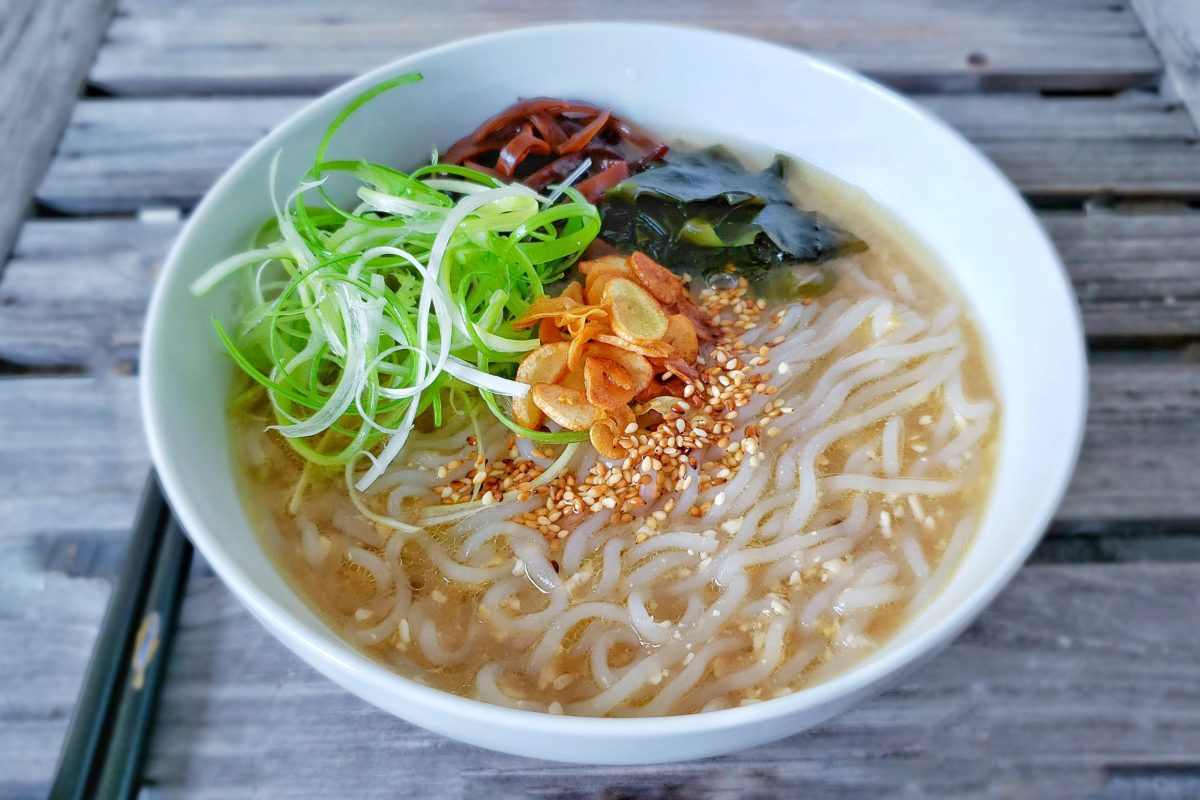
The second issue is that, at least according to the results of my experiments, it is difficult to utilize water for more than one or two batches of pasta since the water itself becomes yellow after some amount of time has passed.
The starch in the flour may turn into a caramel when heated in the pan, causing the pasta to get darker with each new batch that is cooked.
My tastes are telling me I’m tasting more baking soda than normal, but it’s possible that they’re simply being misled by the noodles’ appearance. The most recent batches of pasta that were cooked in that water turned out to be an unpleasant brown hue.
I’ve also attempted this method with linguine and spaghetti, and each time the noodles turned out more golden, had a springier bite, and had a subtle mineral flavor.
On the other hand, I discovered that the impact was amplified when I used angel hair pasta, which has a lower propensity to become rigid after being cooked.
Even though ramen aficionados won’t be deceived by these substitute noodles, I think they’re delicious enough that I won’t let the fact that there aren’t any Asian noodles available in my location stop me from eating ramen for supper today.
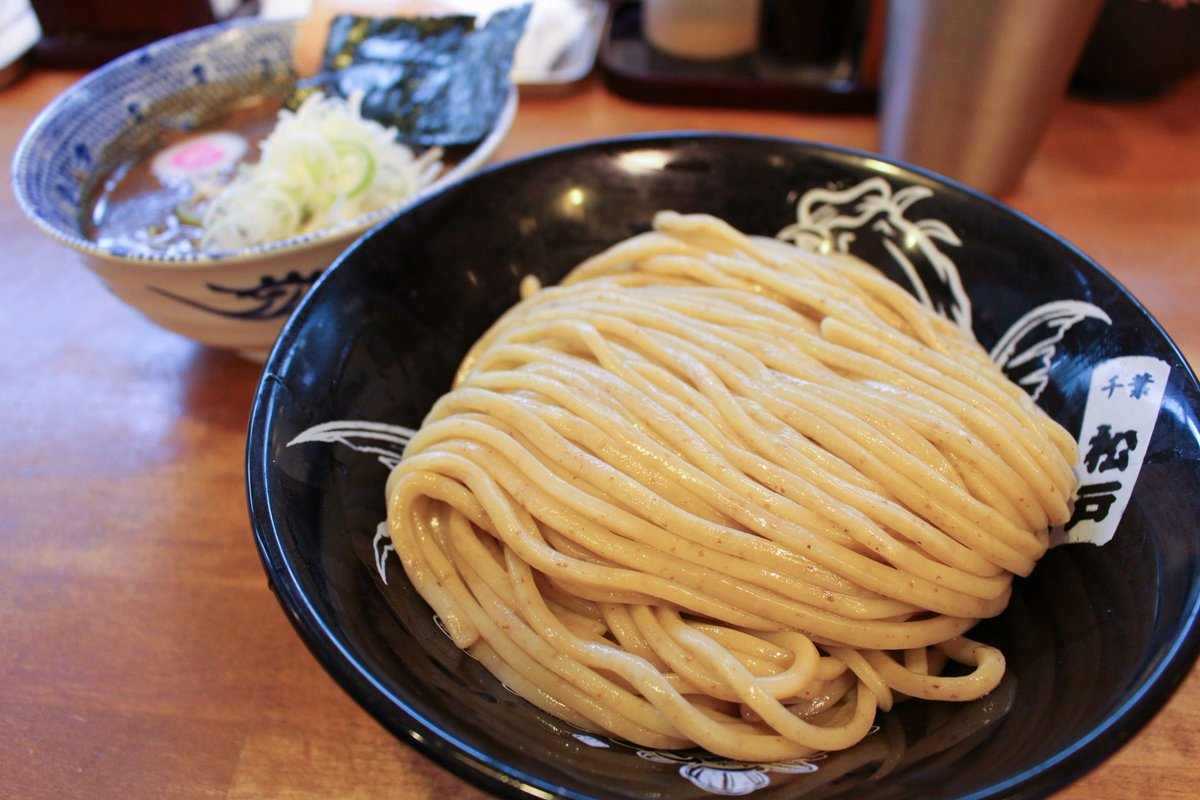
Angel Hair Ramen Noodles
The consumption of ramen, which is a staple food with angel hair noodles in many Asian cultures, has lately exploded in popularity in regions of the world outside Asia.
However, in recent years, it has suddenly changed from a fleeting trend into a regular element of American life, at least in the nation’s largest urban areas. This is particularly true in the case of the millennial generation.
In a city that is saturated with ramen restaurants, it should come as no surprise that this establishment is among the best of them. Various Hearty Dishes from Around the World When I went to Japan not too long ago with my mother, one of the things that I was looking forward to trying was ramen.
The ramen in a Tokyo train station and the ramen in a tiny store on a side street in Kyoto that was on the second level were equally as delicious. Both locations were on the second story.
Both restaurants’ soups came highly recommended, but we wouldn’t have known about each establishment’s reputation if it weren’t for word of mouth from those who were already familiar with them.
As a direct result of this, I was motivated to cook up my very own rendition of this calming soup in the comfort of my kitchen.
This meal, along with the vast majority of the regional cuisine that I’ve sampled on my travels, doesn’t pretend to be real, but it sure does taste good. In addition to that, it is nutritious since it makes use of a wide variety of vegetables and a special sort of noodle.
And all that is required are a few fundamental components and a few fundamental steps carried out in the kitchen. I was given the incredible opportunity to develop wholesome recipes using their one-of-a-kind pasta, and I jumped at the chance.
For starters, it begins with quality North American durum wheat semolina, which is just one of the numerous praises that have been given to Dreamfields pasta.
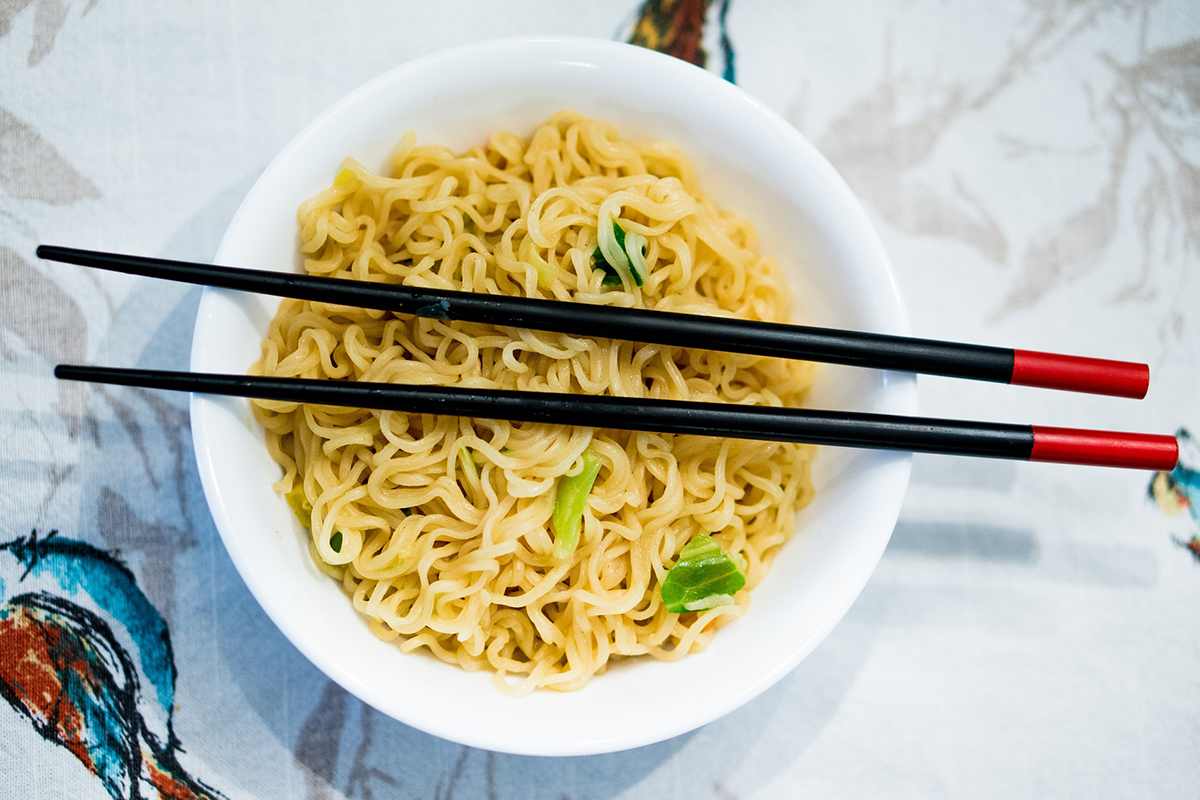
In addition to having a low amount of fat and no cholesterol, this food is also rich in protein (there are 7 grams of protein in each meal!) and fiber (there are 5 grams of fiber in each dish!).
You might be surprised to find out that one of the healthiest components of your dinner is the specialty pasta from Dreamfields. Even though many people have been aware of this for several years, the rest of us are only now realizing how amazing it is. And most significantly, it has a fantastic taste reminiscent of spaghetti
. Even though we are all aware of the health benefits that may be derived from consuming non-traditional pasta, many of us have tried them despite our reservations and were left unsatisfied.
When I first cooked this dish for my loved ones, I didn’t bother to emphasize that it wasn’t your average spaghetti dish since I didn’t think it was necessary.
He devoured the ramen in record time, received complimentary remarks that were, in his humble opinion, really kind, and nobody appeared to notice that he was increasing the amount of food in his diet. To put it simply, it’s an excellent batter.
In addition to that, it has a high fiber and protein content thanks to the use of tofu and Dreamfields pasta. This type of praise is not often bestowed on vegetarian spaghetti very frequently.
(However, if you find that tofu isn’t your thing, feel free to substitute diced cooked chicken or shrimp for a couple of cups of tofu.) You have the option of purchasing already made stock for the soup, or you may make your own.
To put it another way, the broth is an exceptionally nutrient-dense liquid that may be consumed on its own as a type of soup. To make it from scratch, you will need a lot of different spices, chicken flesh or bones, other types of meat or chicken parts, or a lot of different vegetables.
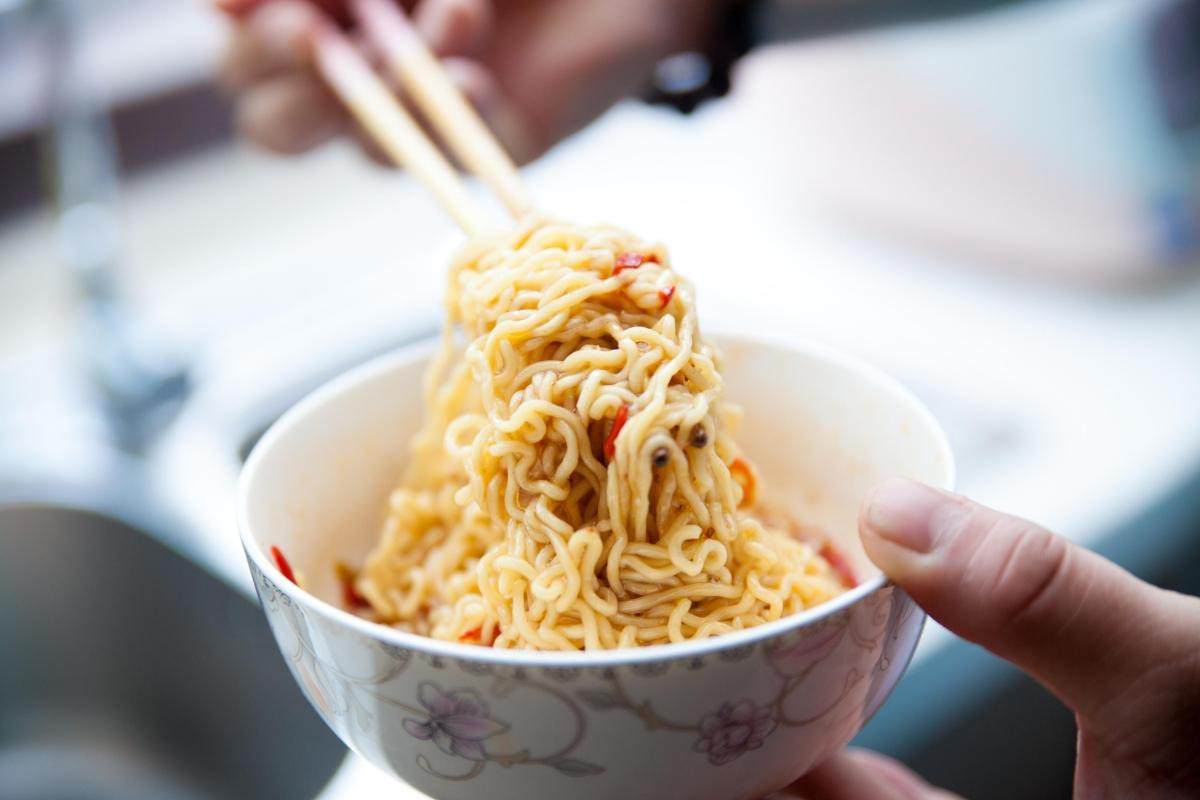
Direction:
To the dish containing the dried mushrooms, add one cup of water that has been brought to a boil. Hold it there for the next twenty minutes. While you wait for it to happen, have a large pot of salted water boiling.
Prepare the angel hair pasta by the instructions provided on the package. A colander is an appropriate container for storing spaghetti. First, bring the oil in the same saucepan up to temperature over medium heat.
Then, add the fresh mushrooms to the pan. Fry for five to six minutes, or until the outside is golden brown and the interior is tender.
After stirring in the bok choy and cooking for one minute, add the garlic and ginger and continue cooking for an additional minute, or until the spices have released their perfume. Add the mirin while continuing to whisk it in after the stock and the miso (if it was used) have reached a boil.
The soaked mushrooms need to be diced before being put into the cooking pot, and the liquid that the mushrooms were soaking in also has to be added.
Continue to fry for one more minute, adding the tofu halfway through, until it has reached the desired temperature and is well cooked. Add some soy sauce and two teaspoons of sesame oil to the pan.
After turning off the heat, toss in the drained pasta along with the remaining chives, which should total approximately a half cup. To serve, portion the soup, noodles, vegetables, and tofu out among four large soup bowls. Place the remaining sliced onions on top in a heaping pile.
Place a quarter cup of baby spinach, cut into bite-sized pieces, on the side of each dish for dipping. Before serving, top the dish with peanuts, a drizzle of sesame oil, peanut butter, and/or a fiery sauce.

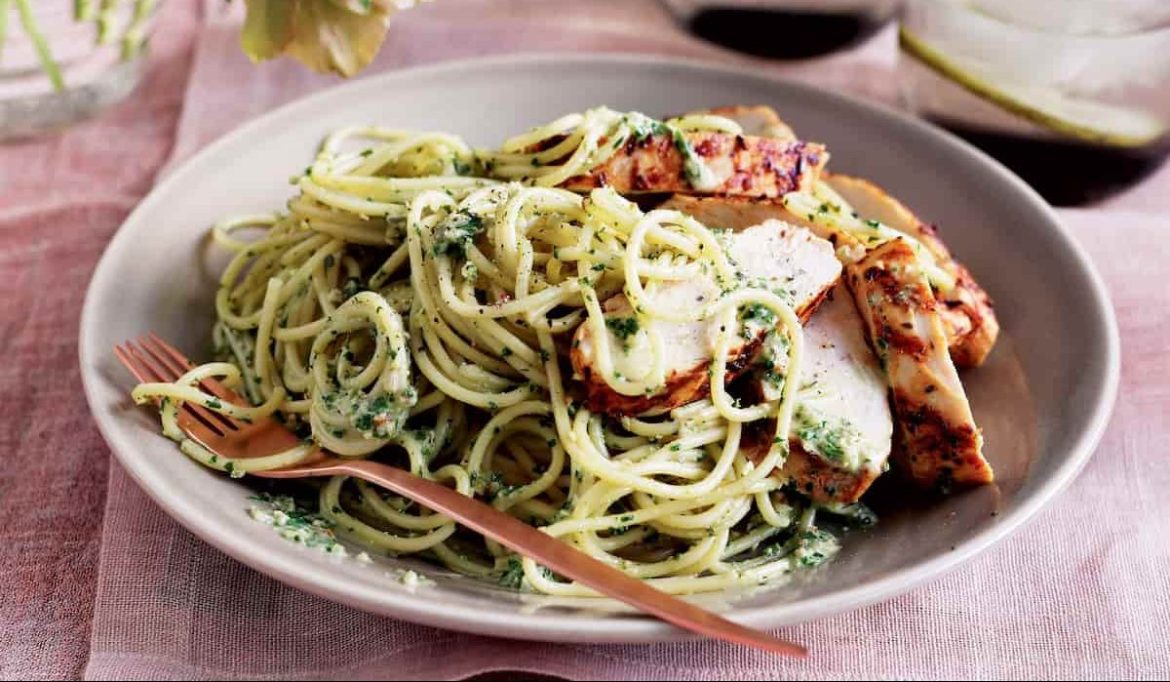
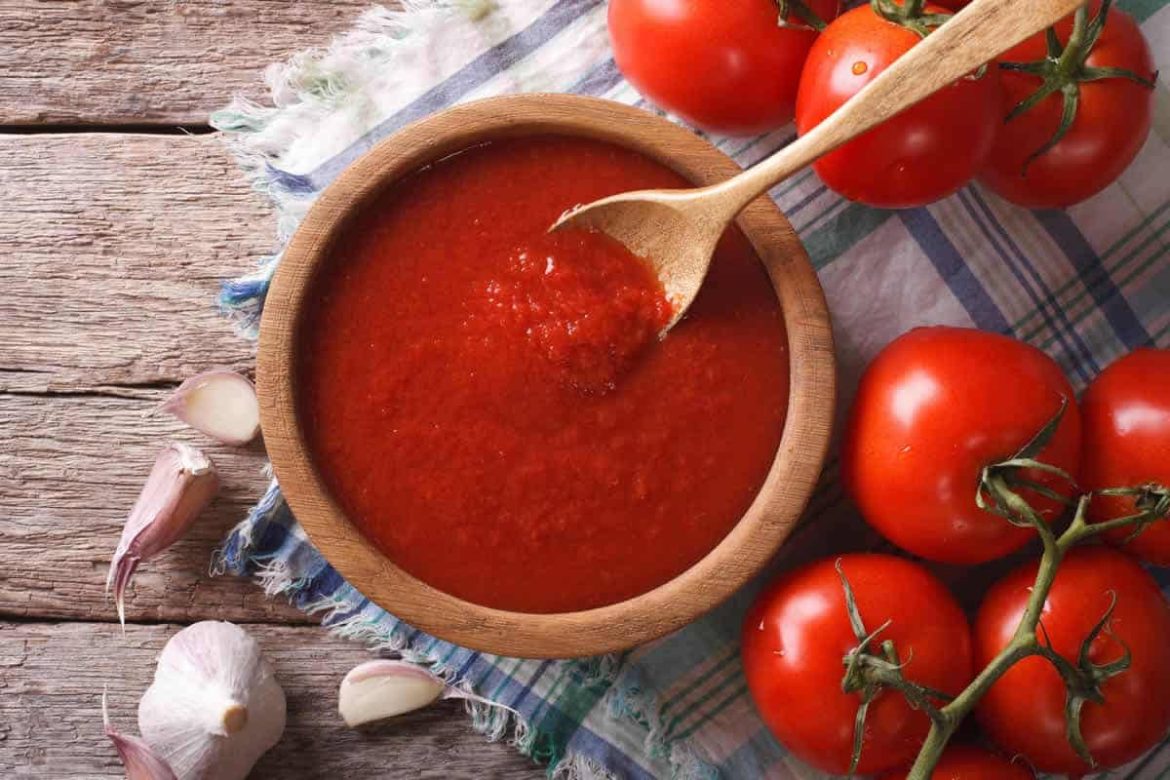
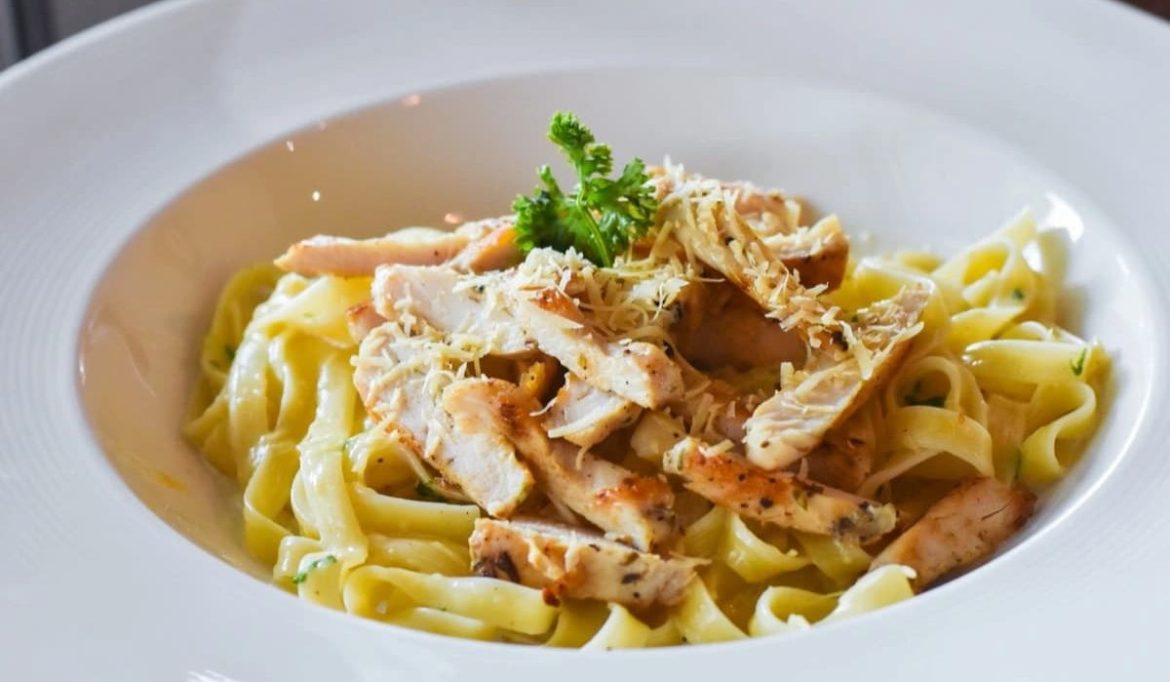
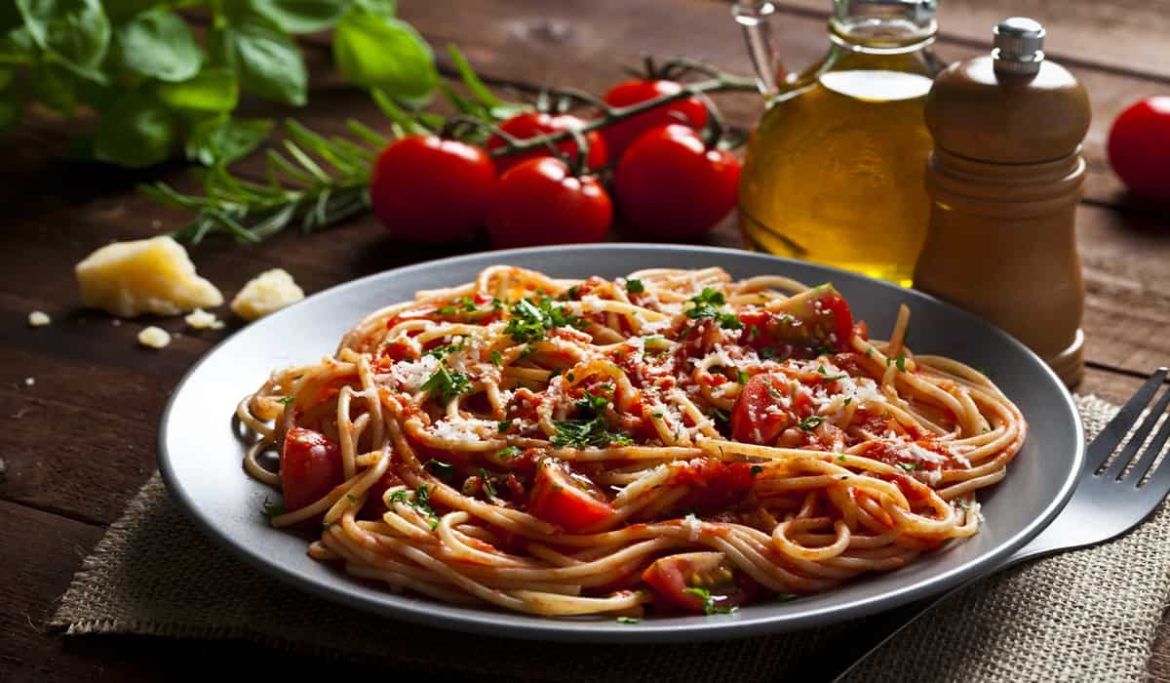
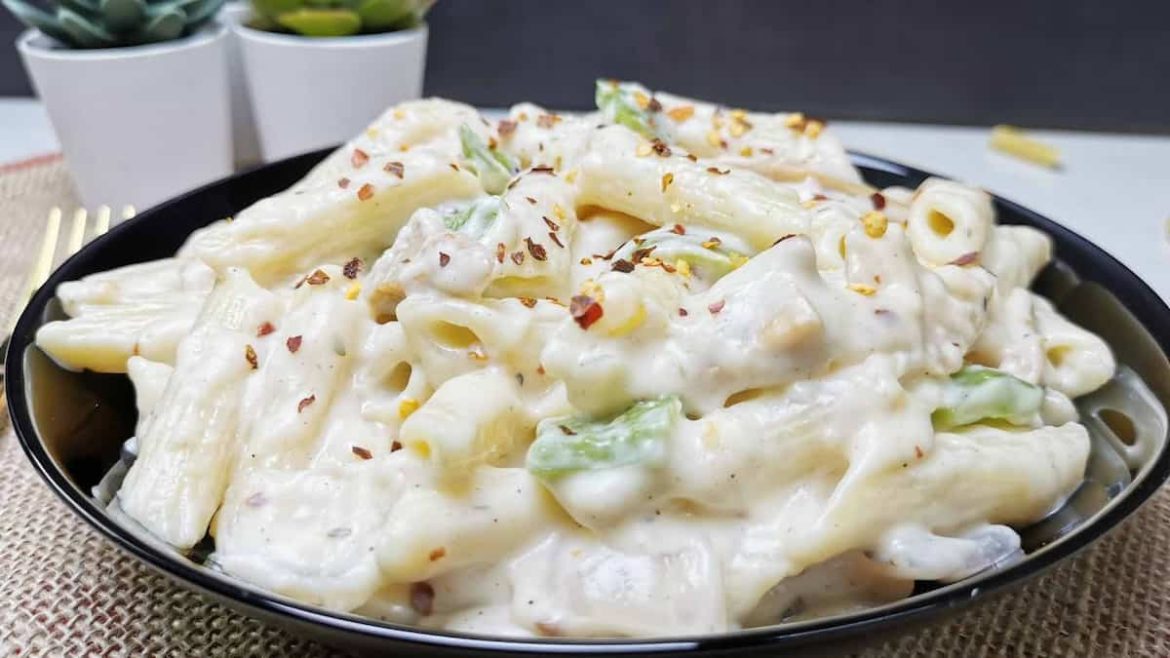
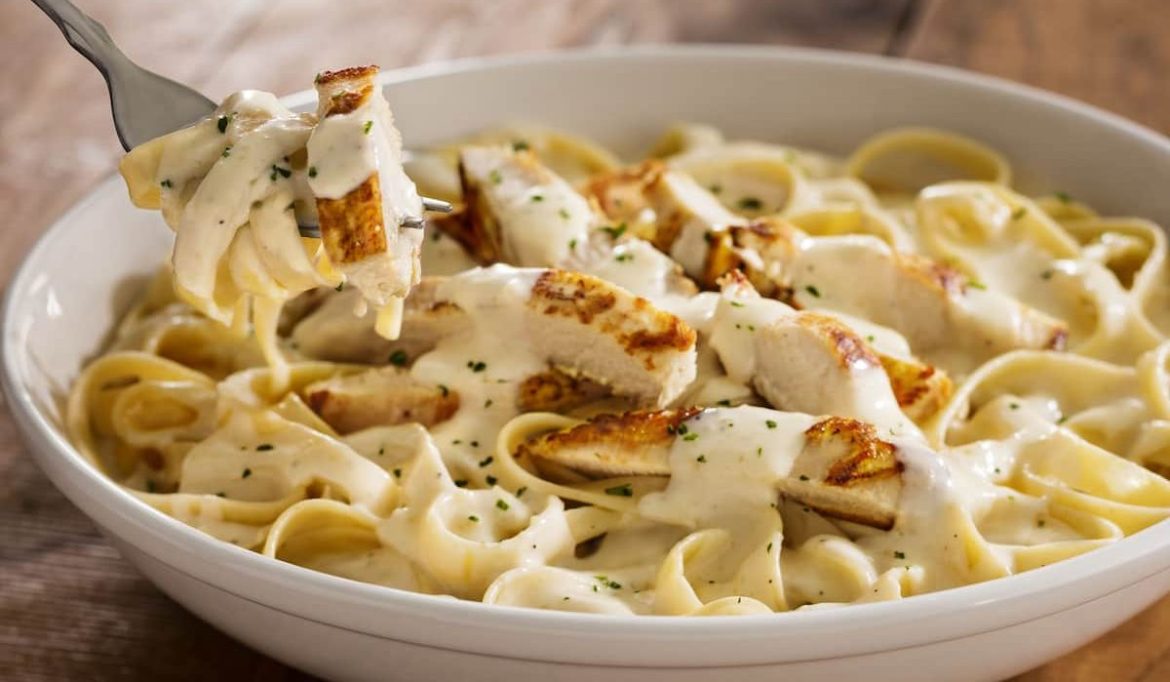
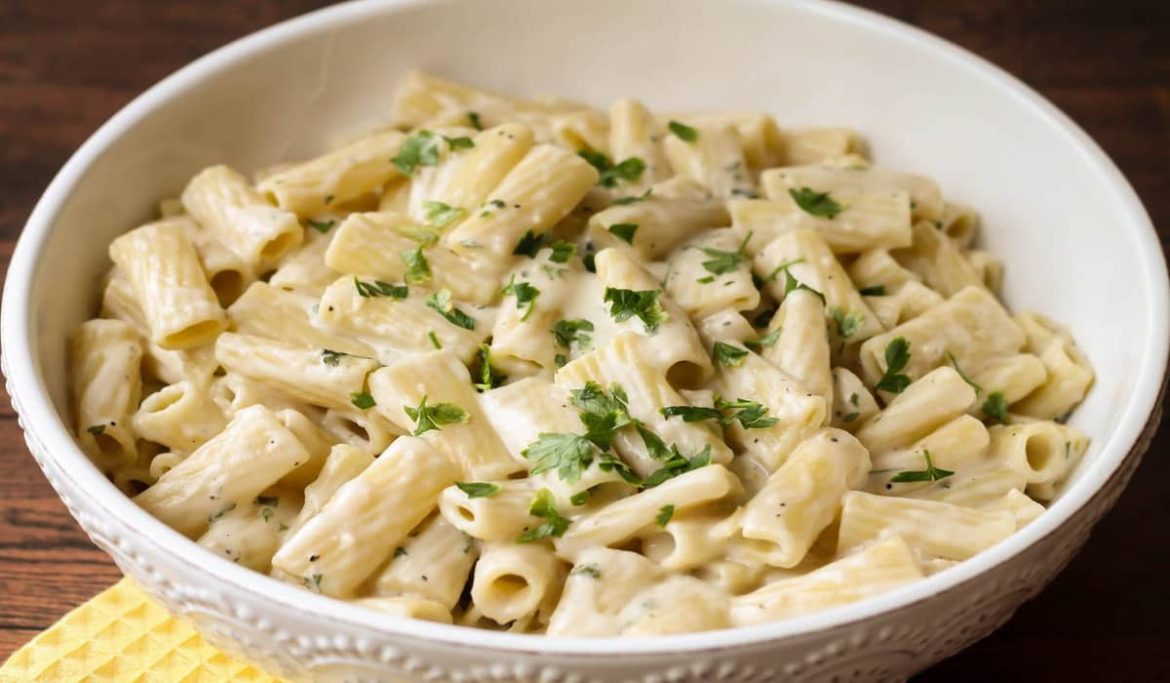
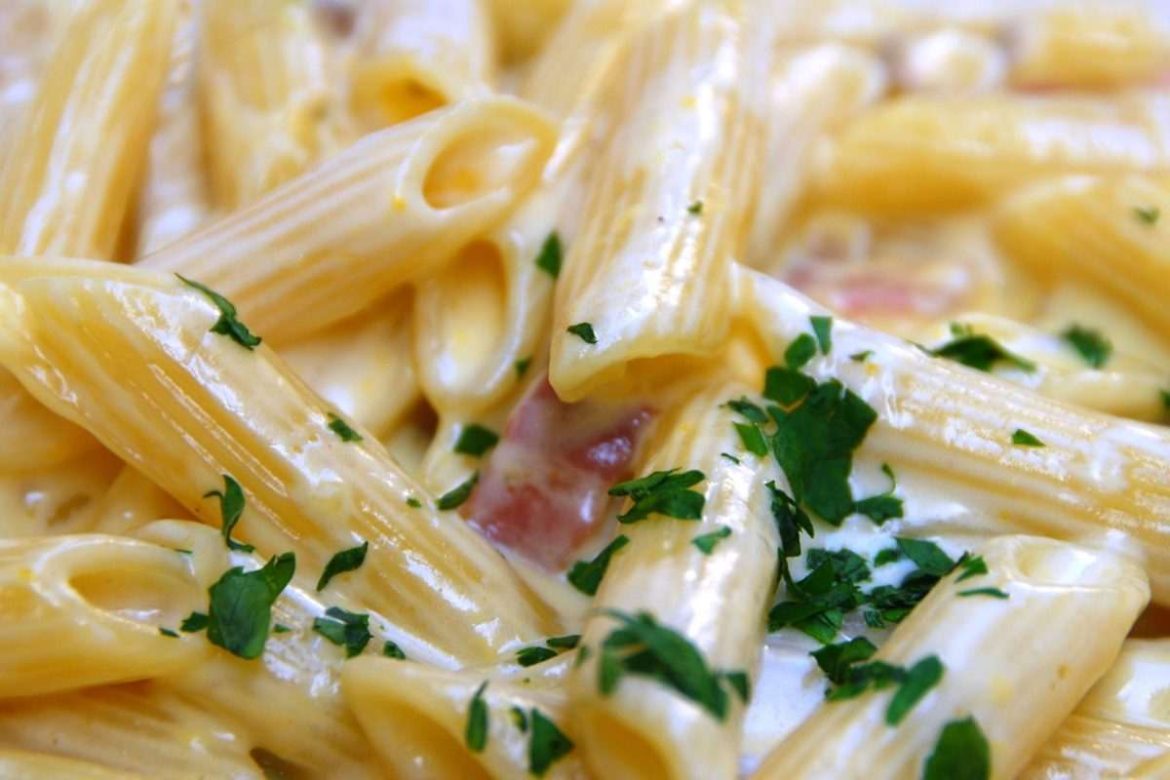
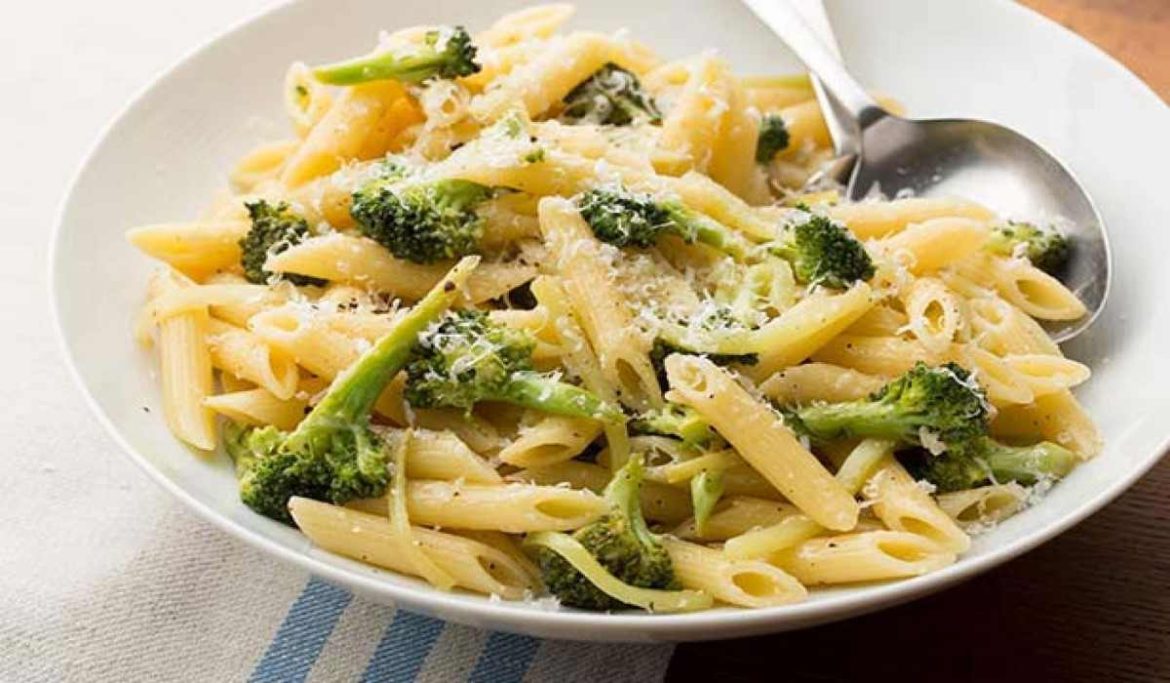
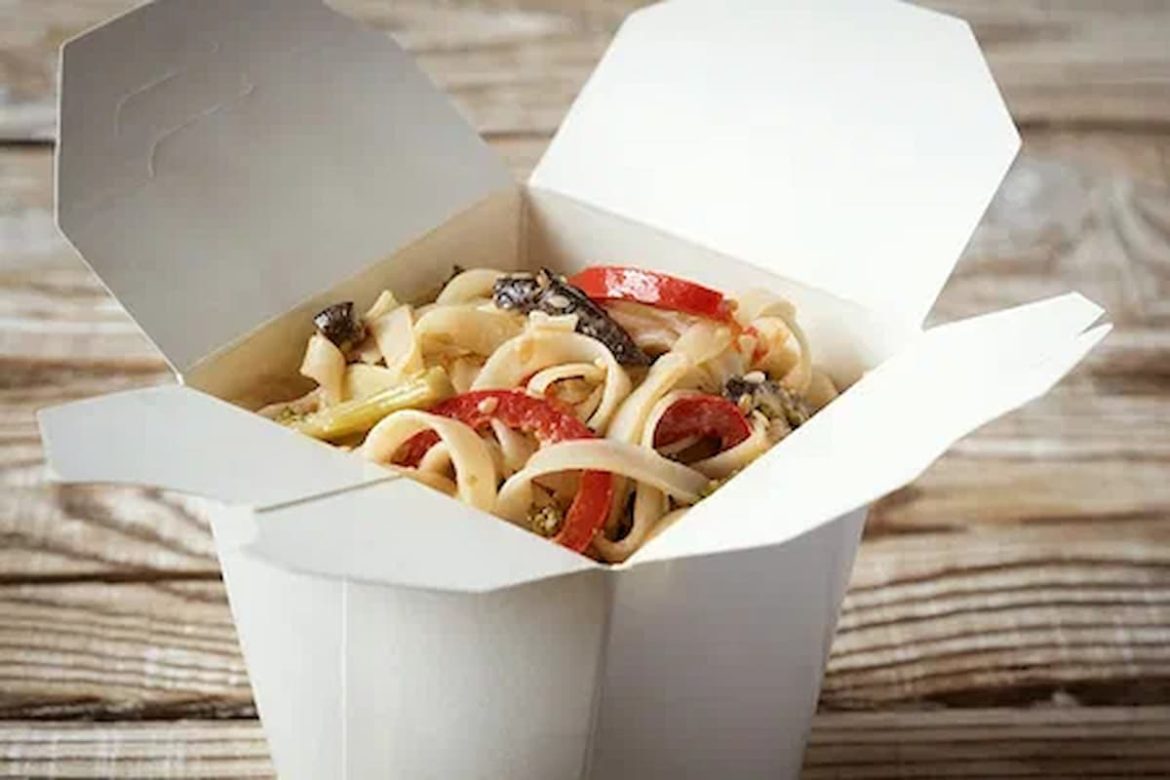
Your comment submitted.